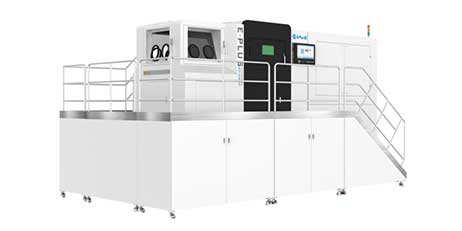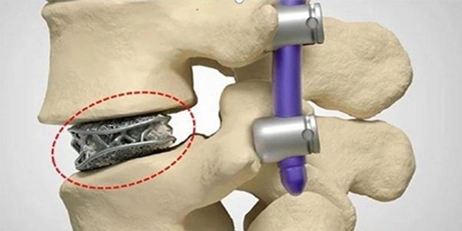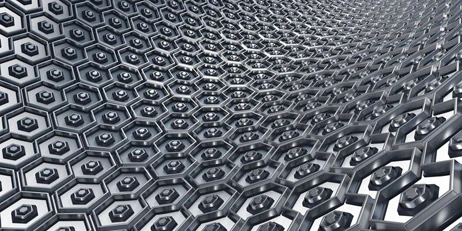Different 3D printing processes have different functional and design constraints. This article will discuss key design considerations for industrial 3D printer processes.
When designing an industrial 3D printer, there are things that can be "drawn" on a digital canvas but not everything can be 3D printed. Every 3D printing process has its own limitations. Next, let's take a look at the considerations in the 3D printer design process.
1. The drape of the industrial 3D printer
During the working process of all industrial 3D printers, the prototype is built layer by layer. Material cannot be deposited in thin air, so each layer must be printed on some underlined material. Hanging is an area of the model that is supported by the underlying layer, or not supported at all.
The angle of each industrial 3D printer is limited and does not require support materials. For example, no support material is required for each printer. For FDM and SLA, this angle is about 45°.
Since industrial 3D printers typically have a rough layer surface on supports, it's a good idea to limit model overhang.
2. The wall thickness of industrial 3D printers
When designing a 3D printed part, the second thing to keep in mind is wall thickness. Let's say you're an engineer who designs hang gliders for a living. Please add thickness to your model from start to finish.
3. Warping of industrial 3D printers
When designing a 3D model, the 3D printing material undergoes a physical change: it is melted, sintered or solidified with laser scanning. During the printing process, the heating and cooling of the material can cause the part to deform. Large, flat surfaces are especially prone to warping. There is sufficient surface adhesion between the part and the printer to avoid warping with proper machine alignment.
4. The level of detail of industrial 3D printers
When creating three intricately detailed models, keep in mind the small feature sizes that result from the design process of every industrial 3D printer. The process and material used can affect build speed and cost, so determining low print detail is important for your model.
Eplus3D has been engaged in the research and development of industrial-grade additive manufacturing systems and application technologies. It has carefully studied MPBF™ (Metal Powder Bed Fusion), and has nearly 30 years of experience in the additive manufacturing industry. Provide professional application solutions in consumer goods, precision manufacturing and other fields. Welcome to consult.























